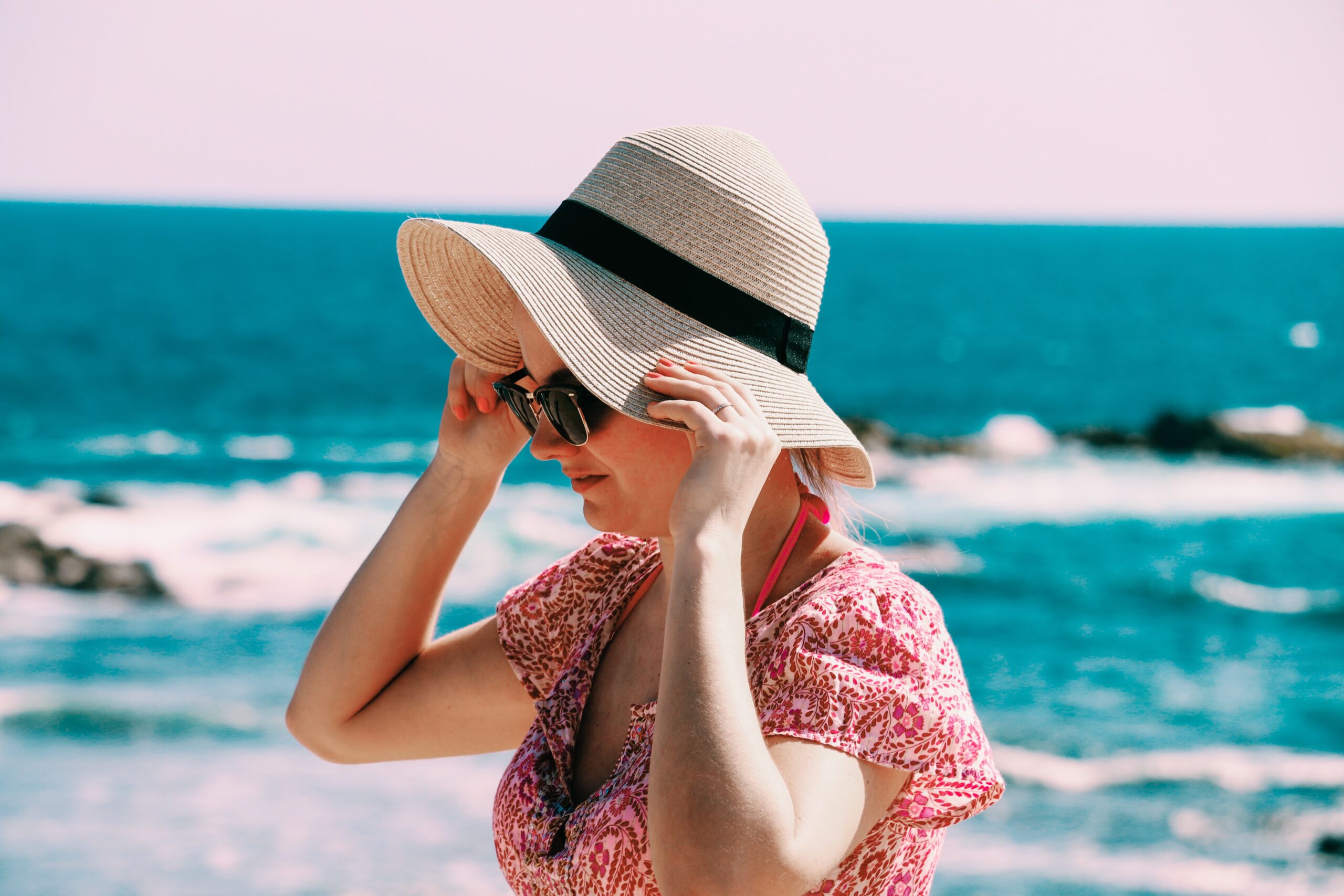Protecting Your Largest Organ from the Sun
Did you know skin cancer is America’s most common cancer?
☀️1 in 5 people will develop skin cancer by the age of 70.
☀️Having 5 or more sunburns doubles your risk of developing melanoma.
☀️More people are diagnosed with skin cancer each year in the U.S. than all cancers combined.
☀️Notice something new, changing, or unusual? It could be skin cancer.
☀️Some people are more prone to sunburn, but ANYONE can get burned.
So, ladies and gents, protect your skin!
SUNSCREEN – YOUR BASE LAYER PROTECTION
Have you ever wondered exactly what the difference between UVA and UVB rays is? 
UVA rays can penetrate your skin more deeply and cause your skin cells to age prematurely. About 95 percent of the UV rays that reach the ground are UVA rays. The other 5 percent of UV rays are UVB. They have higher energy levels than UVA rays, and typically damage the outermost layers of your skin, causing a sunburn.
Your choice of sunscreen should block both UVB and UVA rays because they can both result in sunburn lead to skin cancer. While applying sunscreen in the form of a lotion is simpler since you can visibly see the amount you apply to the skin, if you prefer a spray, be sure to coat the skin carefully and use a good amount. Every two hours, you need to reapply sunscreen or more often if you are sweaty or have been swimming.
So, what level of SPF (sun protection factor) should you choose?
The optimal sunscreen should have at least a 30 SPF (sun protection factor), but even better, we should aim to use a 50 SPF product that is both “water-resistant” and “broad spectrum.” Doctors don’t recommend sunscreen for children under six months, so be sure to cover them with sun-safe clothing, a hat, and sunglasses.
BASE TANS AND SAFE TANS
Unfortunately, there is no such thing as a safe tan, and creating a “base” tan is not the safest option. Any tan is the result of “sun damaged skin cells” and increases the risk of skin cancer.
Now, does the fact that vitamin D is essential for our health—something we’ve been told for years—mean we should forgo or use less sunscreen? No.
Vitamin D can be obtained from a variety of sources besides the sun including fatty fishes and fish liver oils. A small dose of sunshine (think 15 minutes max) is okay but remember to apply sunscreen and dress accordingly.
SUN SMART CLOTHING 
Wearing clothing that is resistant to the sun’s harmful rays is another alternative that provides continuous protection and does not require a reapplication. Look for apparel with a UPF (ultraviolent protection factor) rating of 50 or above. Although you don’t need to apply sunscreen underneath your clothing, you should do so on any exposed skin. Consider wearing a sun hat or ball cap, and UV-protective eyewear.
SCHEDULE REGULAR SKIN CHECKS
Did you know that dermatologist visits for skin checks should begin annually even for those in their twenties? Doctors will check any moles and, on your skin, as well as other “suspicious” growths or spots. If a mole suddenly appears or changes color, or a new spot appears, be sure to let your doctor know. Don’t take your health for granted or, worse, try to diagnose yourself online. Nearly all skin cancers, caught in time, can be treated, and cured. But do yourself a favor and be cautious to prevent the treatments and possibly surgeries that could result in ignoring sun safety.
Savor this summer’s sunshine and enjoy the outdoors. Just be aware that you should always be shielding you and yours from harmful rays. Establish basic sun safety practices now and teach your children to maintain them as they age. Enjoy yourself while wearing sun-safe clothing and plenty of sunscreen.

